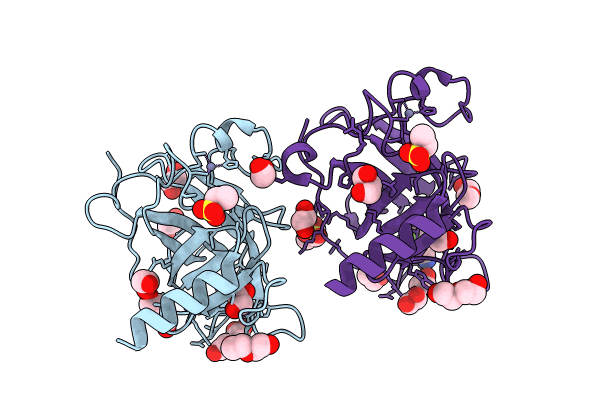
Deposition Date
2023-12-04
Release Date
2024-11-27
Last Version Date
2025-01-01
Entry Detail
PDB ID:
8RBA
Keywords:
Title:
p53-Y220C Core Domain Covalently Bound to 2,5,6-trifluoropyridine-3-carbonitrile Soaked at 5 mM
Biological Source:
Source Organism:
Homo sapiens (Taxon ID: 9606)
Host Organism:
Method Details:
Experimental Method:
Resolution:
1.57 Å
R-Value Free:
0.18
R-Value Work:
0.15
R-Value Observed:
0.15
Space Group:
P 21 21 21


